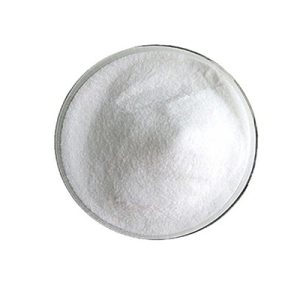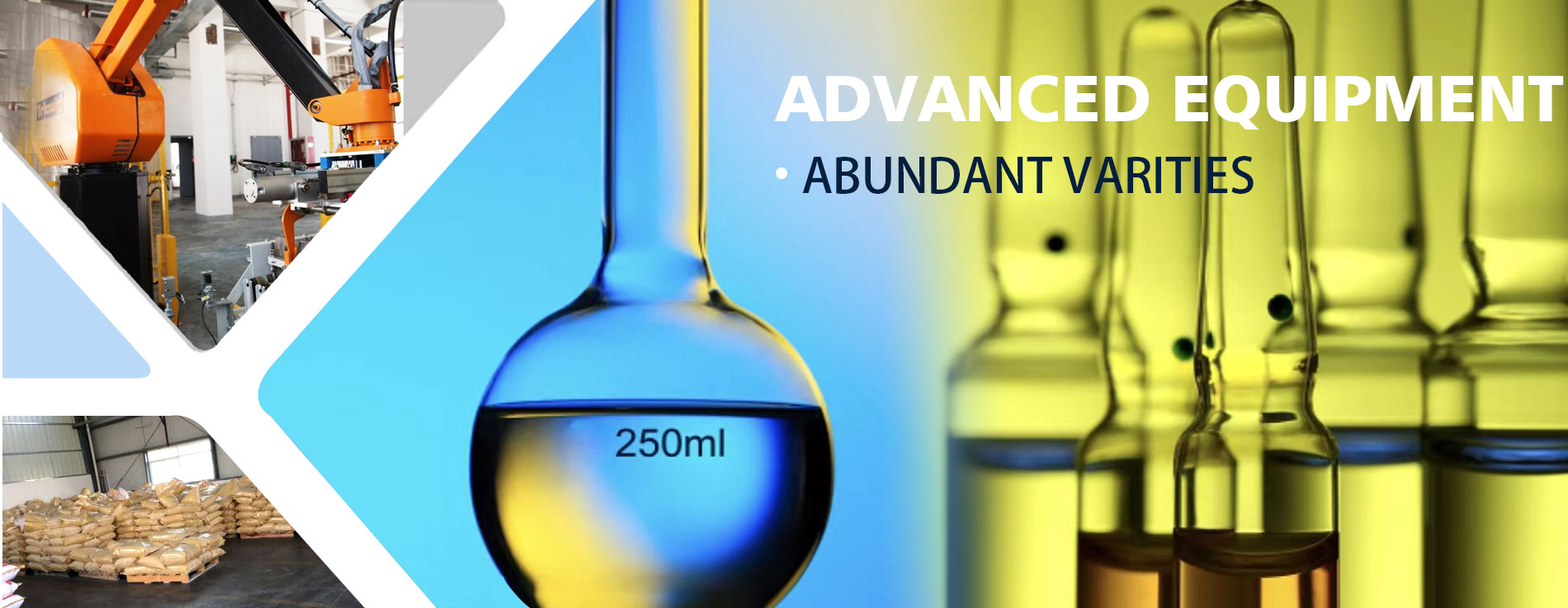
Sodium Gluconate

Specifications
| Item | Index |
| Description | White crystal powder |
| Identification | Meets the requirements |
| Assay % | 98.0-102% |
| Heavy Metals % | ≤0.001% |
| Lead % | ≤0.0001 |
| Arsenic % | ≤3ppm |
| Chloride % | ≤0.07% |
| Sulphate % | ≤0.05% |
| Reducing substances | ≤0.5% |
| PH | 6.5-8.5 |
| Loss on drying | ≤1.0% |
| Iron | ≤40ppm |
Packing & Storage
| Packing | in 25kg bag |
| Storage | 20℃, 2 years. |
| Shipping | Room temperature in China; may vary elsewhere |
Free Quote
For samples, pricing, or more information, please call us at 0086-25-52397805 or mail to info@liwei-chem.com or fill out the following form. We will respond to you as soon as possible.
Tel: 0086-25-52397805
E-mail: info@liwei-chem.com
E-mail: sophiahoney247@gmail.com


General Information
| Common Names | Sodium Gluconate | Sodium D-gluconate | Gluconic Acid Sodium Salt | ||||||
| Structure |  |
||||||
| CAS No. | 527-07-1 | Boiling Point (℃) | 673.6ºC | ||||
| Molecular Weight | 218.137 | Melting Point (℃) | 206 °C | ||||
| Appearance | White powder | Vapor Specific Gravity | 1.763g/cm3 | ||||
| HS Code | 2918160000 | Flash Point (℃) | 375.2ºC | ||||
| Solubility | highly soluble in water, slightly soluble in alcohol, insoluble in ether | Autoignition Temperature (℃) | |||||
| SYMPTOMS | PREVENTION | FIRST AID | |
| Inhalation | Cough. Sore throat. | Use local exhaust or breathing protection. | Fresh air, rest. |
| Skin | Redness. Burning sensation. Itching. | Protective gloves. | Remove contaminated clothes. Rinse and then wash skin with water and soap. |
| Eyes | Redness. Pain. | Wear safety goggles. | First rinse with plenty of water for several minutes (remove contact lenses if easily possible), then refer for medical attention. |
| Ingestion | Abdominal pain. Nausea. Vomiting. | Do not eat, drink, or smoke during work. Wash hands before eating. | Rinse mouth. Induce vomiting (ONLY IN CONSCIOUS PERSONS!). Refer for medical attention . |
Preparation of sodium gluconate by Aspergillus Niger fermentation
Frequently Asked Questions
Application of sodium gluconate
Sodium gluconate is a white crystalline particle, which is relatively easy to dissolve in water, so it is widely used in food additives and water-quality stabilizers. Some current printing industries also use sodium gluconate as a leveling agent. It can also be used as a treatment agent for steel surfaces, etc., and can also be used as a water reducer and retarder. If a certain amount of sodium gluconate is added to the cement, the viscosity and plasticity of the concrete can be increased in the future.
Sodium gluconate is also widely used in medicine, and it can be equivalent to a lubricant for joints. Therefore, after many joint operations, the doctor will instill some sodium gluconate to the patient as a lubricant on the joint surface, which can protect the cartilage tissue. It is very beneficial to inject sodium gluconate; generally, there will be no side effects. After injecting sodium gluconate, you must pay more attention to rest, eat a light diet, and avoid spicy and irritating things to facilitate sodium gluconate absorption.
